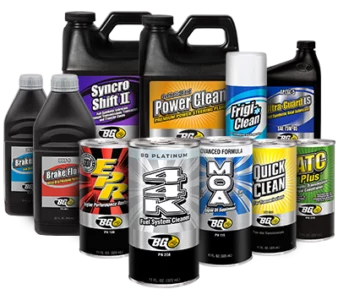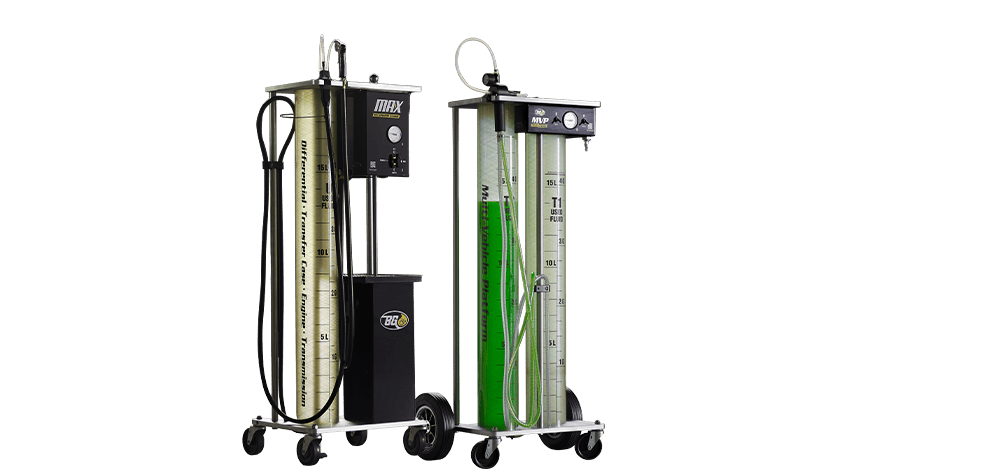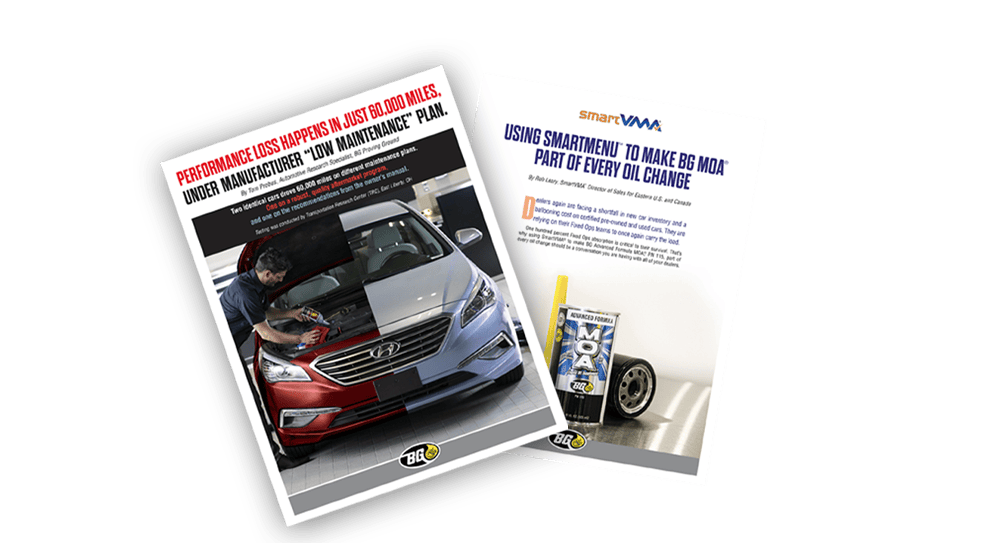Ask your shop about this fall maintenance checklist:
1. Test your car battery.
Nobody wants to get stuck in the cold weather with a dead battery. Your local shop or parts store can test the battery and tell you the remaining battery life with a voltmeter.
Healthy batteries read 12.4–12.7 volts across both terminals. If it reads slightly below, 12.0–12.3, you can recharge the battery with the alternator by simply going on a 30-minute drive, using as little electricity as possible.
That means lights off (do not attempt in the dark!), heating and air off, and stereo off… sorry, your audition for American Idol will have to wait. If it reads below 12 volts, the battery is officially considered discharged and needs to be replaced or properly recharged.
2. Gauge your vehicle's tire pressure.
When the temperature drops, so does tire pressure. Check the pressure when the tires are cold to get an accurate reading. To find the proper tire pressure for your car, try looking for a sticker located on the inside of the driver’s door. If there’s no sticker, you can typically find this information in your owner’s manual.
Remember: Air pressure of a tire can drop by 1 to 2 pounds for every 10-degree temperature drop.
3. Change your washer fluid.
Ever driven through the freezing rain with an iceberg growing on your windshield? It ain’t pretty. Well, it is kinda pretty, but it’s also obstructing your view of the road. Select a cold-weather washer fluid with de-icer for your vehicle. This will ensure washer fluid won’t freeze onto your windshield in the cold.
4. Check your HVAC system.
It’s important that the HVAC system is at peak performance as the weather cools. Not only is having proper heating and air necessary for interior vehicle comfort (hello seat warmers and heat on full blast), the HVAC system houses important safety features like your windshield defrost (see iceberg situation above).
5. Examine your tire tread.
This is pretty easy to do yourself if you have a penny. Put it face down in the grooves. If you can see Lincoln’s head, it’s time for new tires. If snow and ice are a problem in your area, consider putting on a set of winter tires. And yes, even 4-wheel-drive vehicles need winter tires.
6. Inspect the brake system.
Worn brake pads are dangerous in any season. But in those freezing, slippery conditions, it’s even more critical to have brakes that work well. Not only do worn brake pads decrease your ability to stop, but they can also damage brake system components. Trust me, you’ll want those brakes in working condition.
7. Check your exterior lights.
The days are getting shorter, meaning you’ll most likely be driving more in the dark. Check all the lights in the front and back of your vehicle. Do your blinkers work? How about your headlights? This is for your safety and the safety of the drivers around you. We don’t need anyone getting rear-ended because of a burnt-out lightbulb!
Fall car maintenance is a simple and effective way to make sure your vehicle is at the top of its game as the weather cools off. Ask your trusted shop or your cousin Tommy (if you have a cousin like me) to help keep your vehicle driving safely all autumn long.
Be good to your car, and it will be good to you.
Your trusted advisor in automotive maintenance,
Tommy

Tommy Garcia
BG Technical Sales Engineer for International Trade Operations
Tommy has 20 years of experience in industrial maintenance. He is a hot rod enthusiast and lover of all things automotive. Before serving in his current role at BG, he was the Shop Foreman for the BG Proving Ground.






